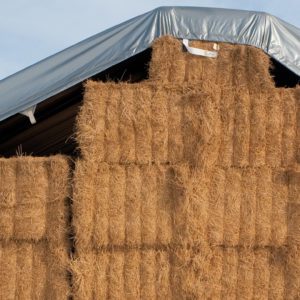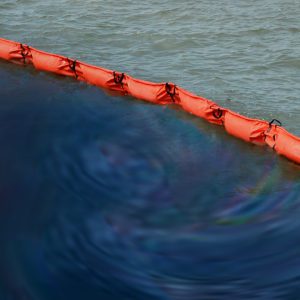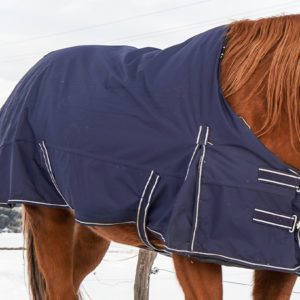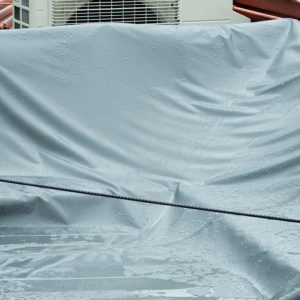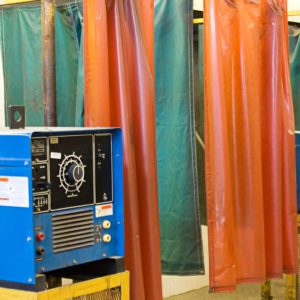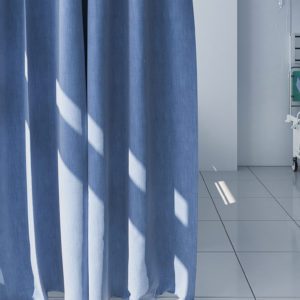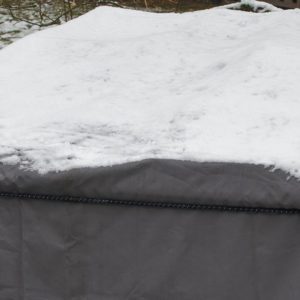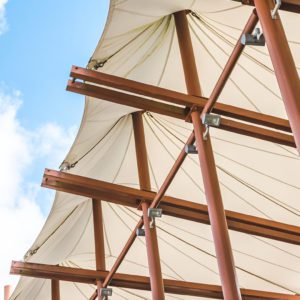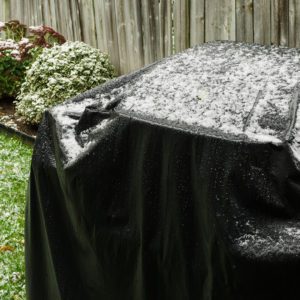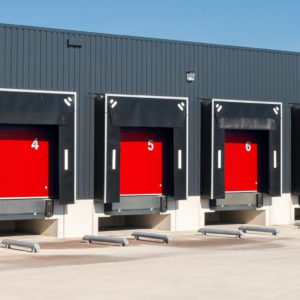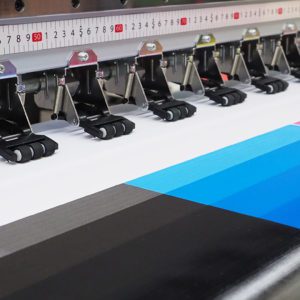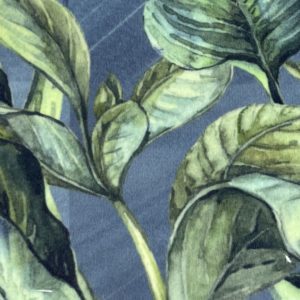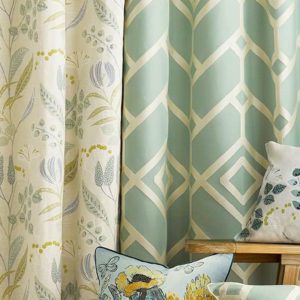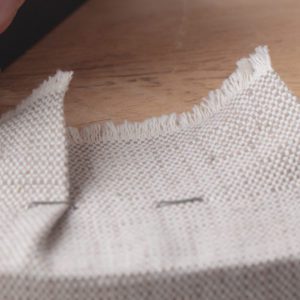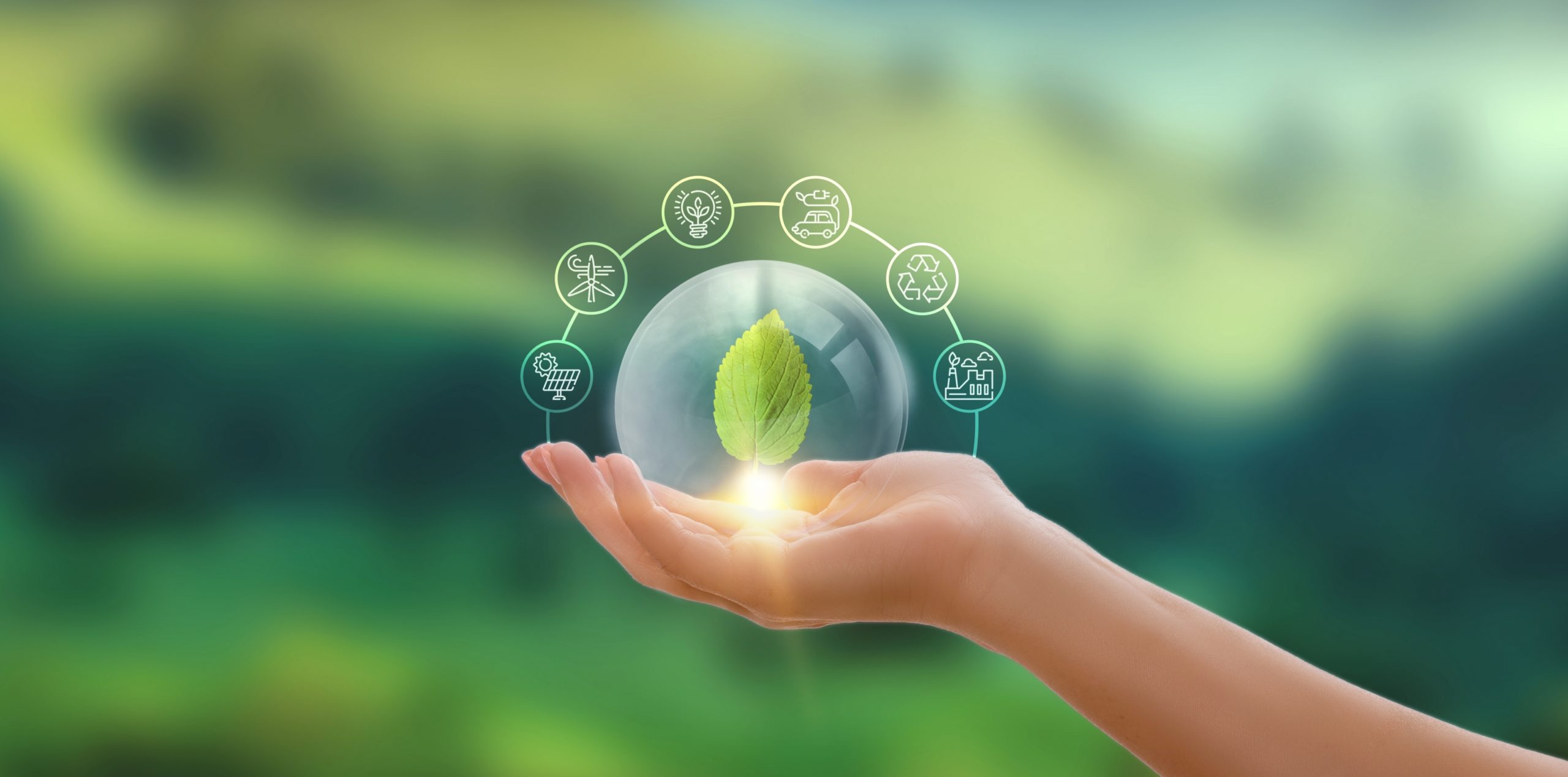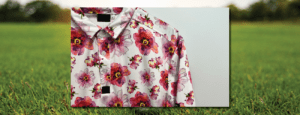How is it made?
Polyester is a synthetic fabric that begins in liquid form. When something is solution-dyed it means that the color dye is added during the liquid stage prior to being cooled, and then it is spun into yarn. In essence, the color is actually part of the actual fibers produced.
The traditional method of dyeing involves first producing the fiber, and then adding the color afterwards. The original fiber is produced in a colorless form and is then dipped into the color dye to create the desired color of the fabric.
What are the benefits?
When solution-dying, since the color is present throughout the entirety of the fabric, and not just applied to the surface of the material, the fabric retains its properties more than a stock-dyed fabric would when exposed to intense weather conditions such as sunlight. Solution dyed-polyester is engineered to be a top performing fabric that won't fade, color bleed, or stain.
How is it better for the environment?
The process of solution-dyeing saves both water and energy since it requires no liquid dyeing, rinsing, and machine drying. Traditionally, dyed fabric or yarn must be washed over and over again in hot water, creating large amounts of wastewater and a drain on electricity. Solution-dyeing technology reportedly saves up to 60-90 percent in water usage, and offers a significant reduction in CO2 emissions, compared to conventional dyeing.
Learn more about SunMaster™, our 600 Denier solution-dyed polyester here.
